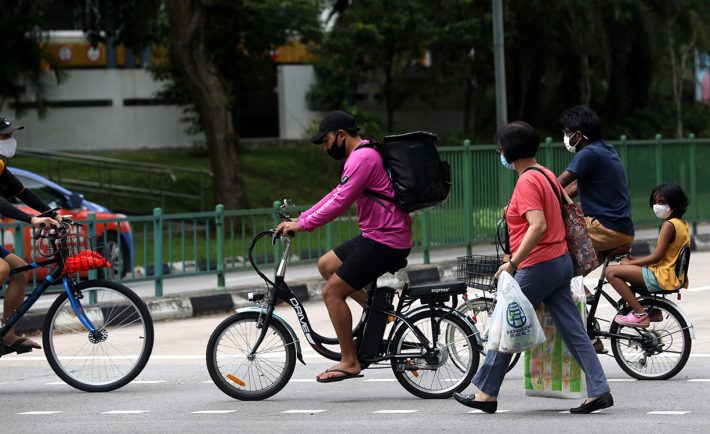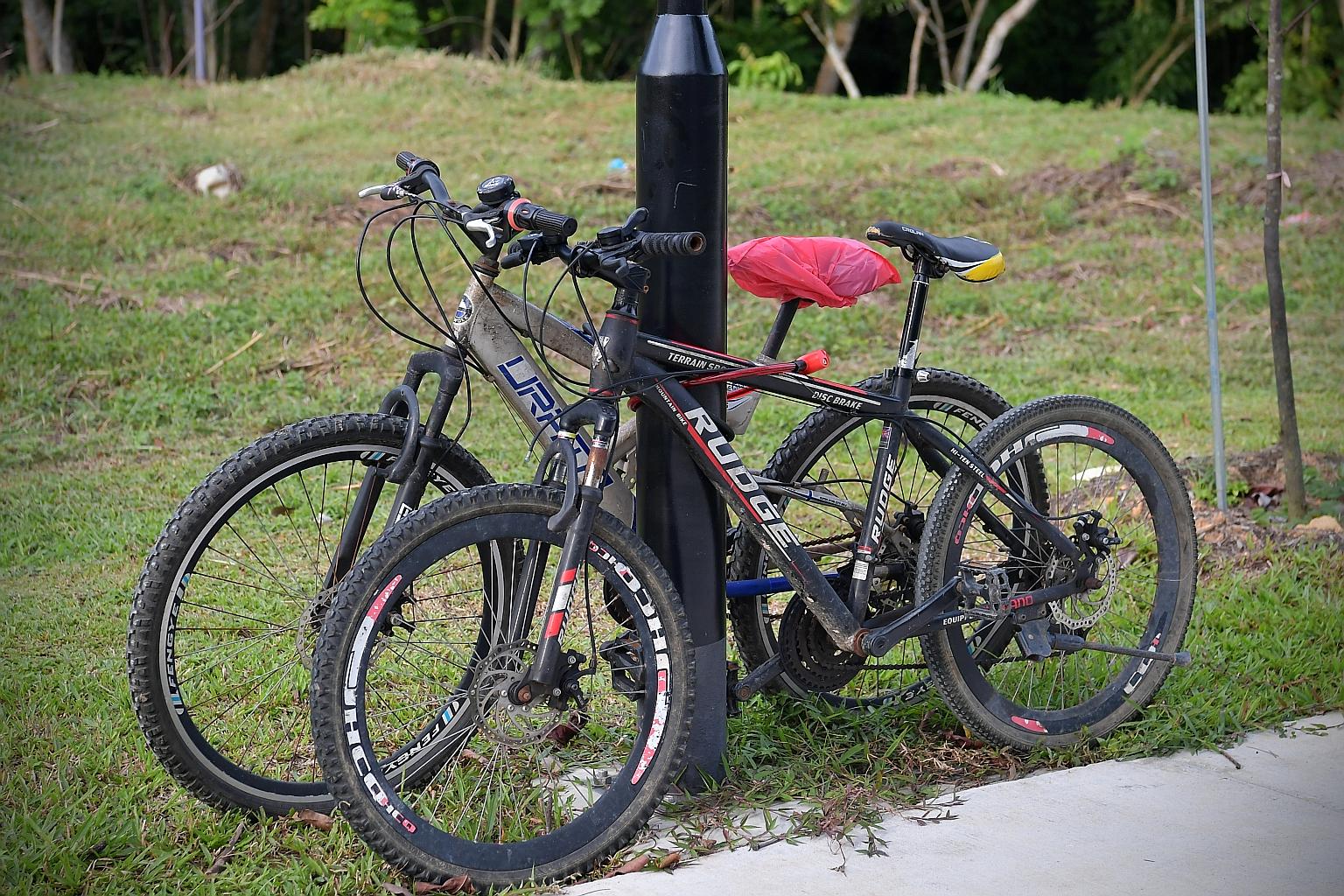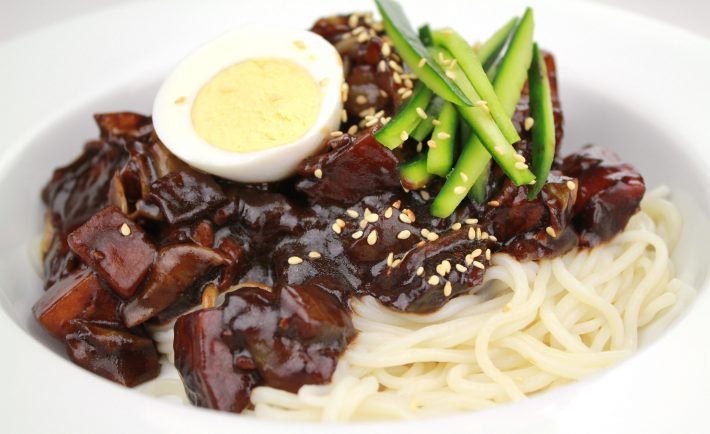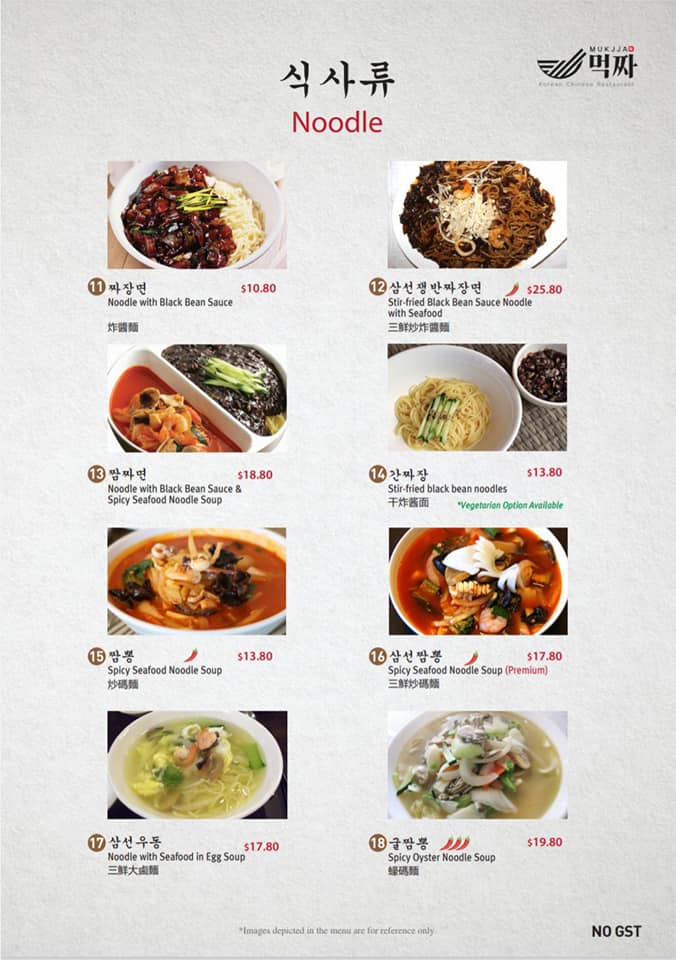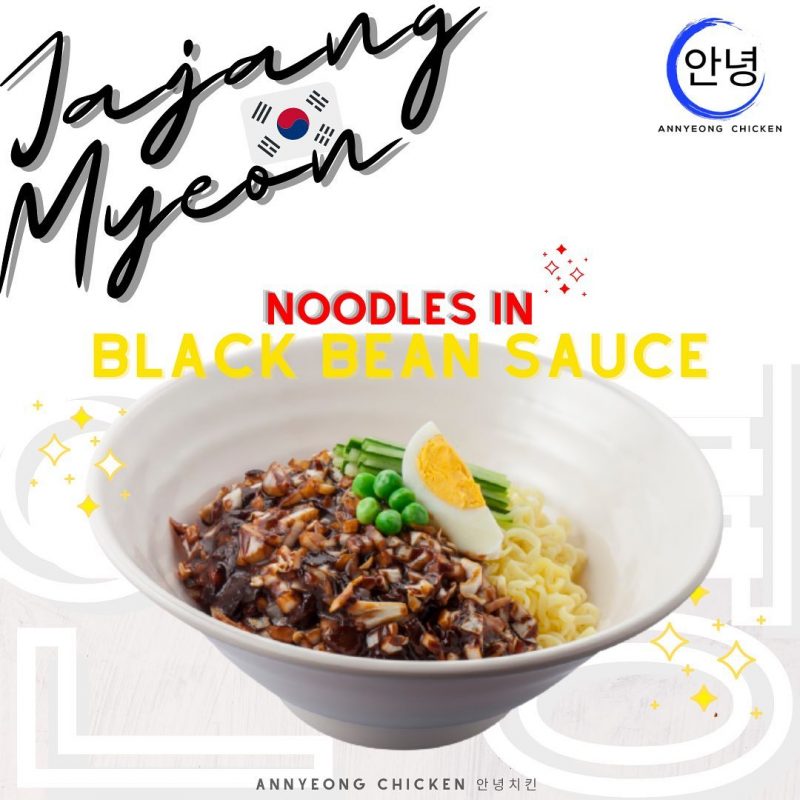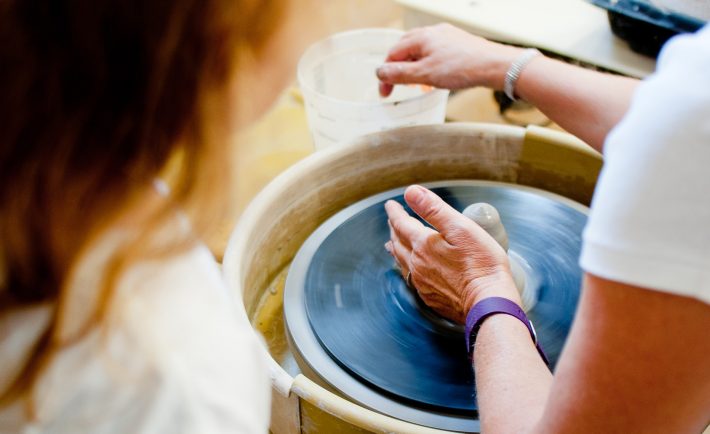Say “Zoom”, and the average person would instantly get what you mean.
In recent times, the pandemic has brought about various changes in the way we work and communicate. Job interviews are shifting from in-person encounters to video calls, and connecting with friends and family members based overseas are also done through the webcam.
“Let’s hop on a Zoom call soon” or “I’ll drop you the Zoom link in a while” have become phrases we hear all the time. But do you know the creator behind the trending software used by millions now? Eric Yuan’s the name to note. He is also Time’s 2020 Businessperson of the Year, and we give him credit for that.
Here are some essential entrepreneurship takeaways from the 51-year-old Chinese-American billionaire businessman himself.
#1: Just do it
We will start by reinforcing Nike’s catchphrase. Do you know that Zoom was founded in 2011 when Eric Yuan was 41 years old? If he had allowed his age to deter him from creating Zoom 10 years ago, we wouldn’t be having the ease of communicating across time zones in this COVID-19 era.
#2: Remember the helping hands
Zoom came to life thanks not to just Eric Yuan but also his supportive friends and family who trusted him. They backed him up financially, and because of that, he was able to garner a total of $3 million in capital. Together with funding from venture capitalists, Zoom was able to progress to where they are right now.
#3: Keep at it

Image Credits: immigration-ways.com
For quitters, the startup life may not be for you. Yuan shared that he got rejected eight times and accepted only on the ninth in his visa application to get to the US. This was after he had heard Bill Gates’ 1995 keynote speech regarding the future of the internet and wanted to get there to be part of the first wave of the internet revolution.
#4: Provide better solutions to problems
A startup usually exists because the founder wants to create a solution to pressing issues. But it has to be not just a mediocre solution but one that can set yourself apart from what’s already out there in the market. “Lead with the focus on the customer,” Yuan noted. While it’s good to know your competitors, don’t get overly obsessed with the research.
#5: Aim for user satisfaction
Those who’ve eyed the local startup scene or are well aware of new international ventures will know that sometimes startups waste time marketing the product when it’s not ready. On the other hand, Eric Yuan believed that happy customers would bring in money for the company eventually. Let your wonderful product speak for itself, and then leverage that word-of-mouth strategy to grow your business.
#6: Pay attention to employees & company culture

Image Credits: unsplash.com
As we come to a close, know that certain startups are bound to see a high turnover rate. While you may not be able to satisfy your workers with a market-rate salary or a speedy promotion raise, at least pay attention to them and your company culture.
“As a CEO, you need to think about your employees. Zoom’s culture is: Deliver happiness. If we are happy, the customer is happy. It’s a simple formula, and we lead by example,” Yuan remarked.
For more entrepreneurship insights, catch the entire webinar with Zoom’s CEO here.






